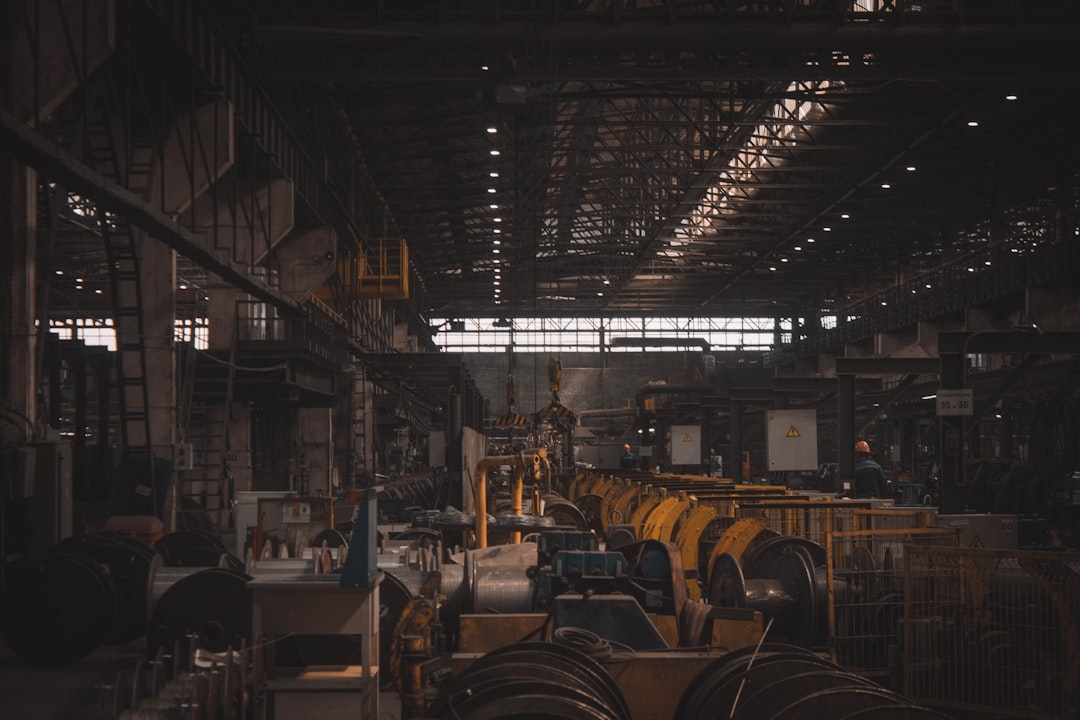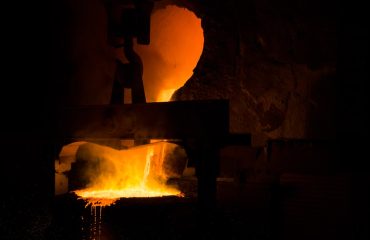Achieving a production capacity of 000 tons per year represents a significant milestone for any manufacturing enterprise. It signifies a substantial scale of operations, demanding meticulous planning, optimized processes, and robust infrastructure. This comprehensive guide delves into the multifaceted aspects of establishing and maintaining such a high production capacity.
1. Strategic Planning for 000 Ton/Year Production: Laying the Foundation
Before even considering the machinery and manpower required, a comprehensive strategic plan is paramount. This involves a thorough market analysis to validate the demand for the product and ensure the projected output is viable. The plan must encompass:
- Market Demand Forecasting: Accurate prediction of future demand is crucial to avoid overproduction or underproduction. This involves analyzing historical data, market trends, and competitive landscape.
- Resource Allocation: This includes capital investment in equipment, facilities, and technology, as well as human resource planning, ensuring sufficient skilled labor is available.
- Supply Chain Management: Securing reliable sources of raw materials and establishing efficient distribution channels are essential for uninterrupted production.
- Risk Assessment and Mitigation: Identifying potential risks, such as supply chain disruptions, equipment malfunctions, or market fluctuations, and developing strategies to mitigate them.
2. Optimizing Production Processes for Maximum Throughput
Reaching 000 tons per year necessitates highly optimized production processes. This involves streamlining workflows, eliminating bottlenecks, and leveraging technology to enhance efficiency. Key strategies include:
- Lean Manufacturing Principles: Implementing lean methodologies to minimize waste, reduce lead times, and improve overall efficiency. This involves identifying and eliminating non-value-added activities.
- Automation and Robotics: Automating repetitive tasks through robotics and advanced automation systems can significantly increase production speed and reduce human error.
- Process Control and Monitoring: Implementing real-time monitoring systems to track production parameters, identify deviations, and make necessary adjustments promptly.
- Quality Control Measures: Rigorous quality control measures are critical to ensure consistent product quality and minimize waste due to defects.
3. Technological Advancements Driving High-Volume Manufacturing
The achievement of a 000 ton/year production capacity is heavily reliant on technological advancements. These technologies not only enhance efficiency but also enable greater precision and control:
- Advanced Manufacturing Technologies (AMT): This includes technologies like 3D printing, additive manufacturing, and advanced materials processing, enabling greater flexibility and customization.
- Industrial Internet of Things (IIoT): Connecting machines and systems through the IIoT allows for real-time data collection and analysis, enabling predictive maintenance and optimized resource allocation.
- Artificial Intelligence (AI) and Machine Learning (ML): AI and ML algorithms can optimize production schedules, predict equipment failures, and improve quality control processes.
- Big Data Analytics: Analyzing large datasets from various sources can provide valuable insights into production processes, allowing for data-driven decision-making.
4. Infrastructure and Logistics: Supporting High-Volume Production
Supporting a 000 ton/year production capacity requires robust infrastructure and efficient logistics. This encompasses:
- Production Facility Design: The facility must be designed to accommodate the high volume of production, with sufficient space for equipment, materials storage, and personnel.
- Material Handling Systems: Efficient material handling systems are crucial to ensure the smooth flow of materials throughout the production process.
- Transportation and Distribution Networks: A well-established transportation and distribution network is essential for timely delivery of raw materials and finished products.
- Energy and Utility Infrastructure: Sufficient energy and utility infrastructure is necessary to support the high energy demands of large-scale production.
5. Sustainability and Environmental Considerations in High-Volume Production
Achieving high production volumes while minimizing environmental impact is increasingly important. Sustainable practices must be integrated into all aspects of the production process:
- Waste Reduction and Recycling: Implementing strategies to minimize waste generation and maximize recycling of materials.
- Energy Efficiency Measures: Adopting energy-efficient technologies and practices to reduce energy consumption.
- Emission Control: Implementing measures to reduce emissions of pollutants into the atmosphere and water bodies.
- Sustainable Sourcing: Sourcing raw materials from sustainable and responsible sources.
In conclusion, achieving a 000 ton/year production capacity is a complex undertaking that requires careful planning, optimized processes, and significant investment in technology and infrastructure. By embracing sustainable practices and leveraging technological advancements, businesses can unlock the full potential of high-volume manufacturing while minimizing their environmental impact.
SEO Tags: production capacity, manufacturing optimization, high-volume production, industrial efficiency, sustainable manufacturing




